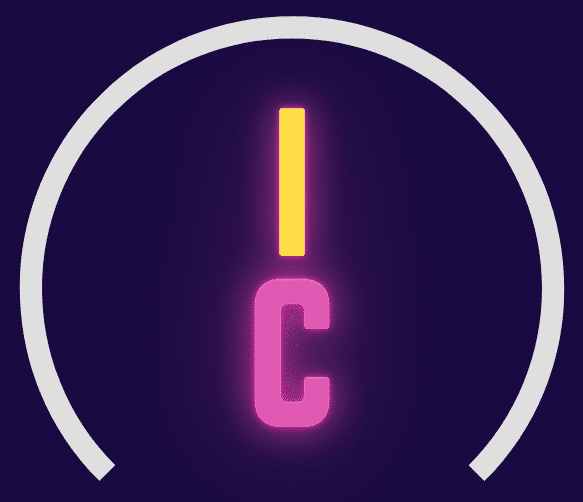Google bans birds on bicycles due to algorithm contest
Google bans birds on bicycles for algorithm contest.
Google wants images of bicycles and birds that can beat image recognition algorithms, as part of a contest launched to improve the technology.
While it is easy for humans to distinguish between birds and bicycles, computer systems may have difficulty doing so.
The prize will be awarded for images that can fool image recognition algorithms or for new codes that cannot be easily fooled.
But no images of birds riding bicycles will be allowed in the contest.
Google said it hoped competition would lead to systems that made fewer errors.
How will the contest work?
People entering the contest as "attackers," who are trying to fool the system, must create an image of a bird that the image recognition algorithms believe is a bicycle, or they can create an image of a bicycle that is misidentified as a bird.
The image can be digital art, a 3D representation or a photograph. But the image must be easily identified by a human being as a bird or bicycle.
Ambiguous images, such as a bird riding a bicycle, are not allowed.
People can also participate in the contest as "defenders" by typing in a code that does not correspond to any of the attackers' images.
If the algorithm misidentifies any of the images sent by the attackers, it is considered "broken" and is eliminated from the competition.
The first algorithm that remains uninterrupted for 90 days wins a quarter of the total prize fund, although Google says it has not yet decided how much that will be.
How can image recognition software be fooled?
Image recognition software can be fooled by "adversarial noise" that tricks the computer into seeing something that is not there.
January, Google revealed a psychedelic pattern that could be printed and placed in any scene to make a computer think it was looking at a toaster.
Hiding a complex pattern in a bird's plumage is one method that could fool an image recognition system into thinking it was looking at a bicycle.
"The goal of this competition is for defenders to build models that will never make safe mistakes." said Google in its announcement .
He said the contest will continue for several months until the prize money is claimed, rather than having a fixed end date.

Leave a Reply Cancel reply
You must be logged in to post a comment.